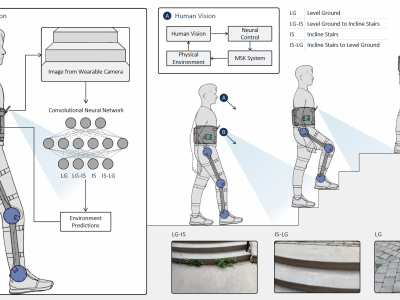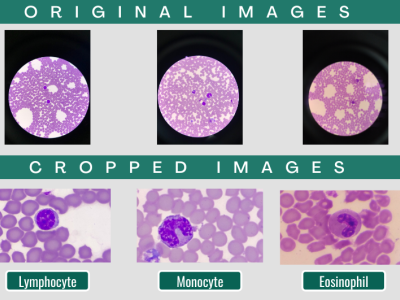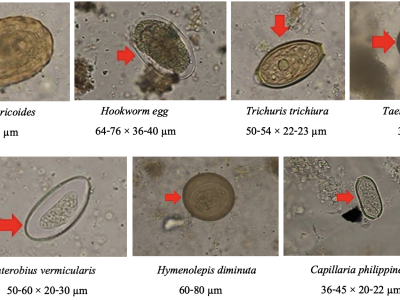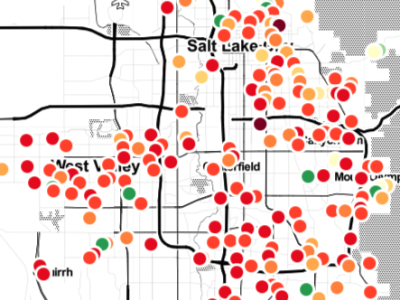
Air travel is one of the most used ways of transit in our daily lives. So it's no wonder that more and more people are sharing their experiences with airlines and airports using web-based online surveys. This dataset aims to do topic modeling and sentiment analysis on Skytrax (airlinequality.com) and Tripadvisor (tripadvisor.com) postings where there is a lot of interest and engagement from people who have used it or want to use it for airlines.
- Categories:







